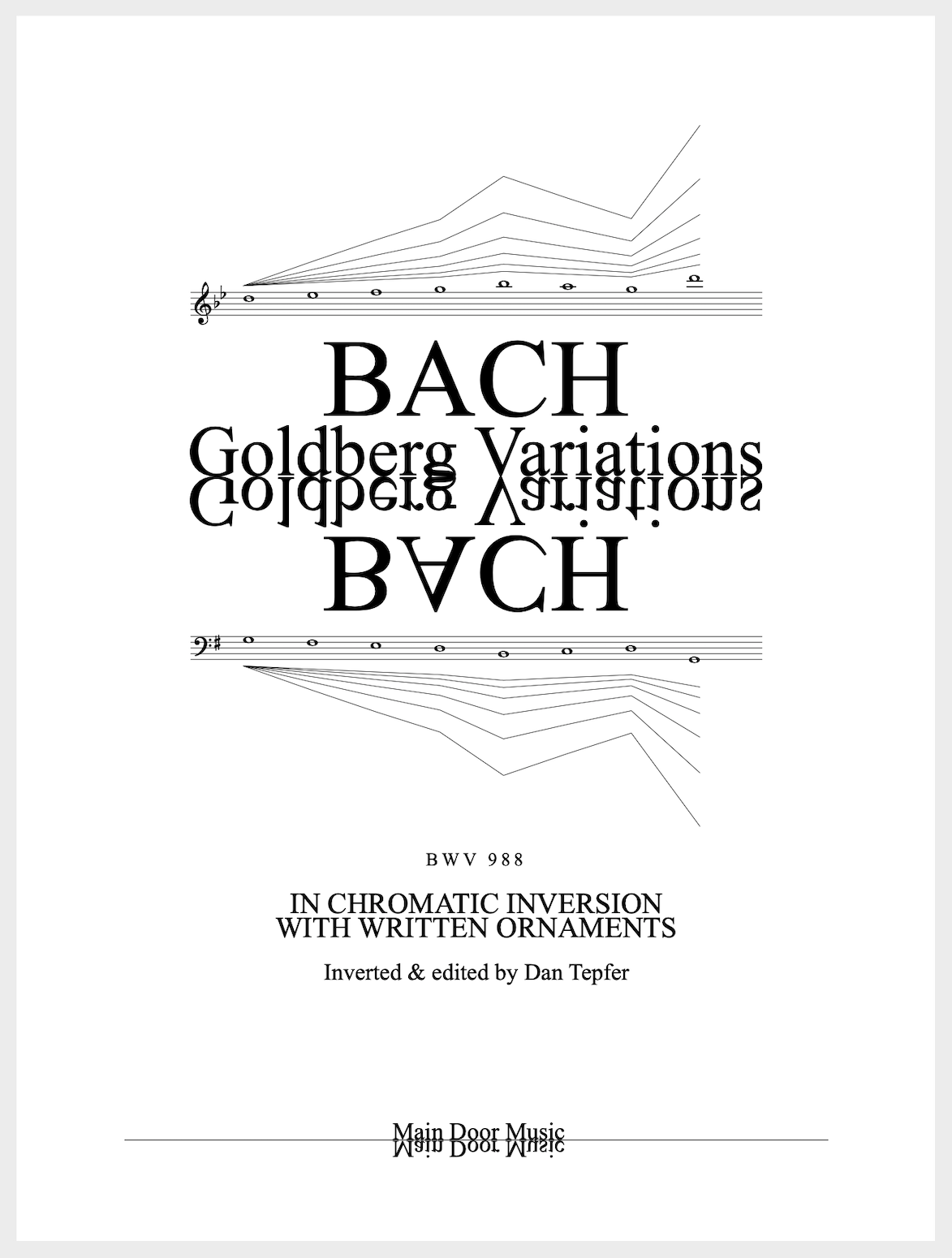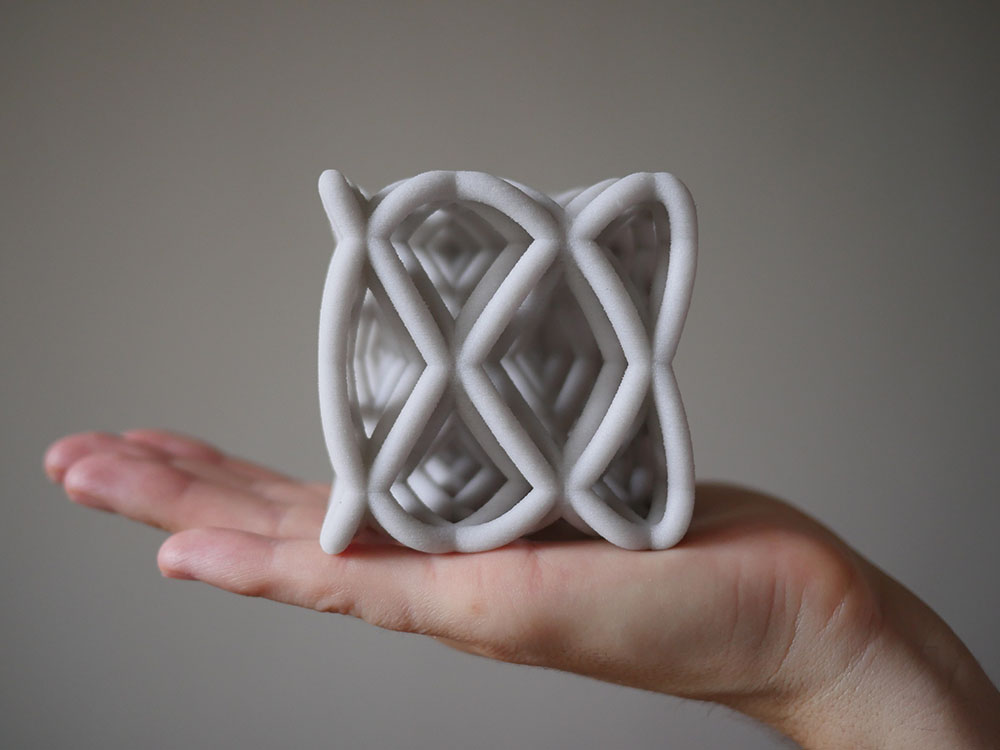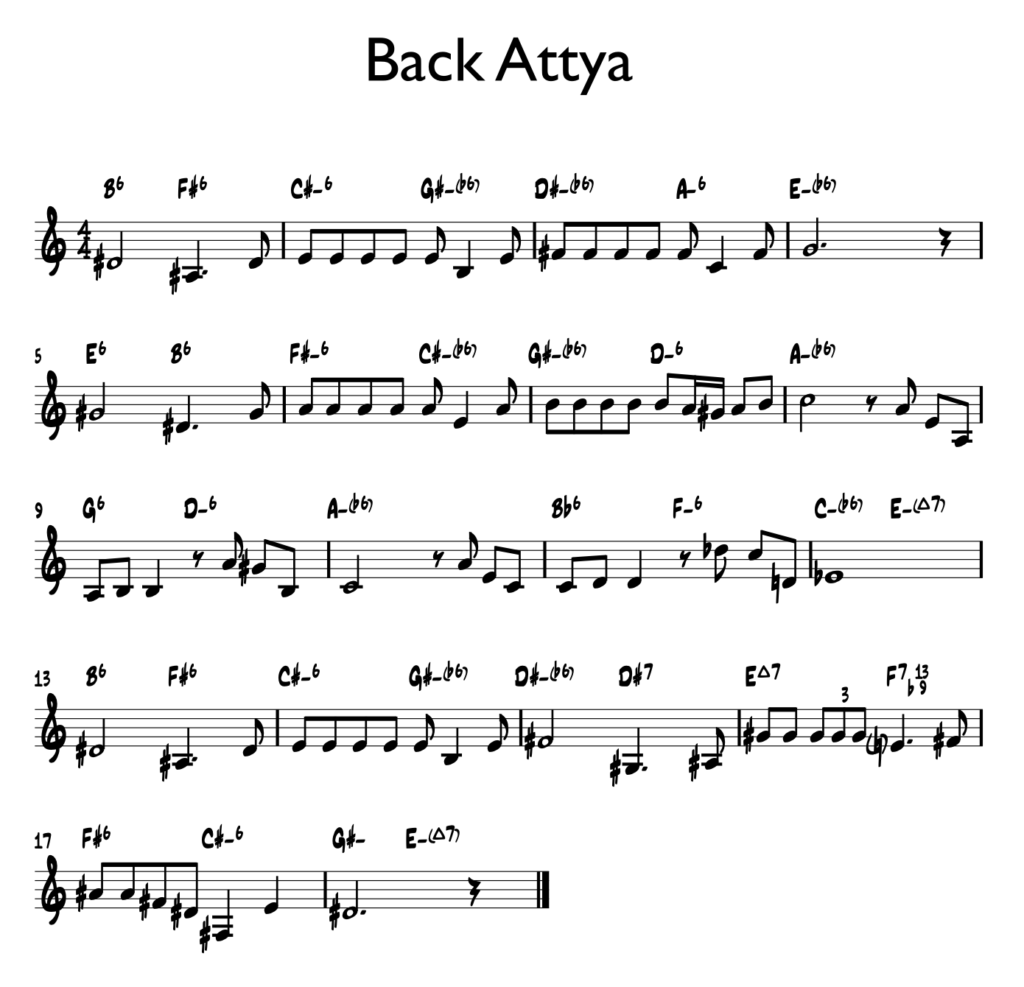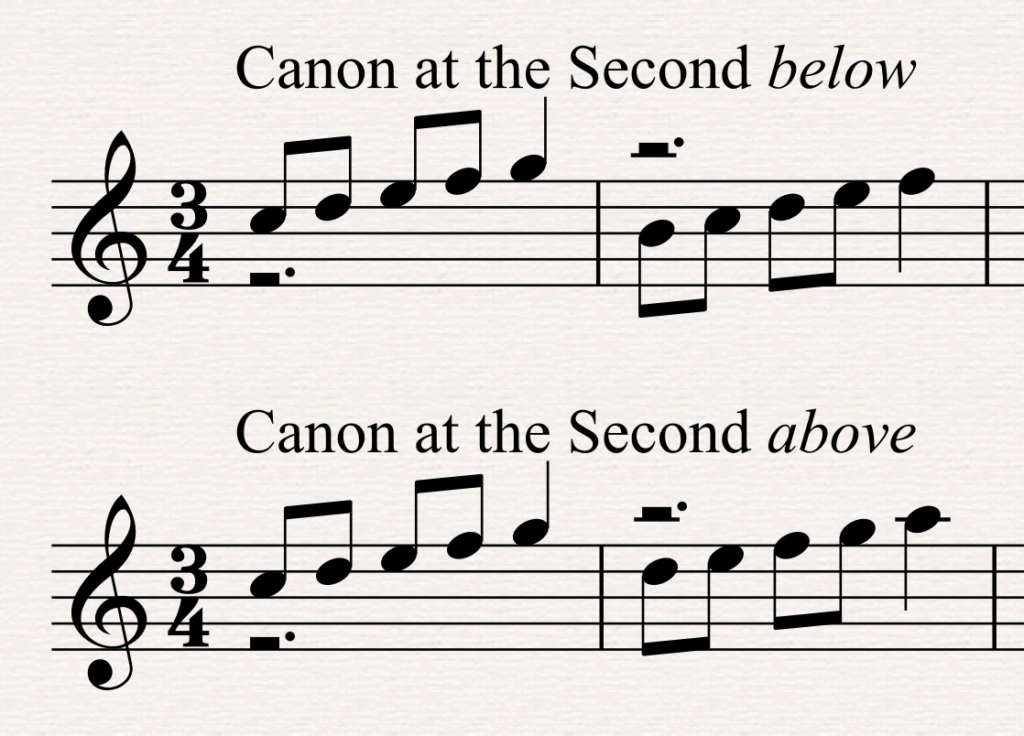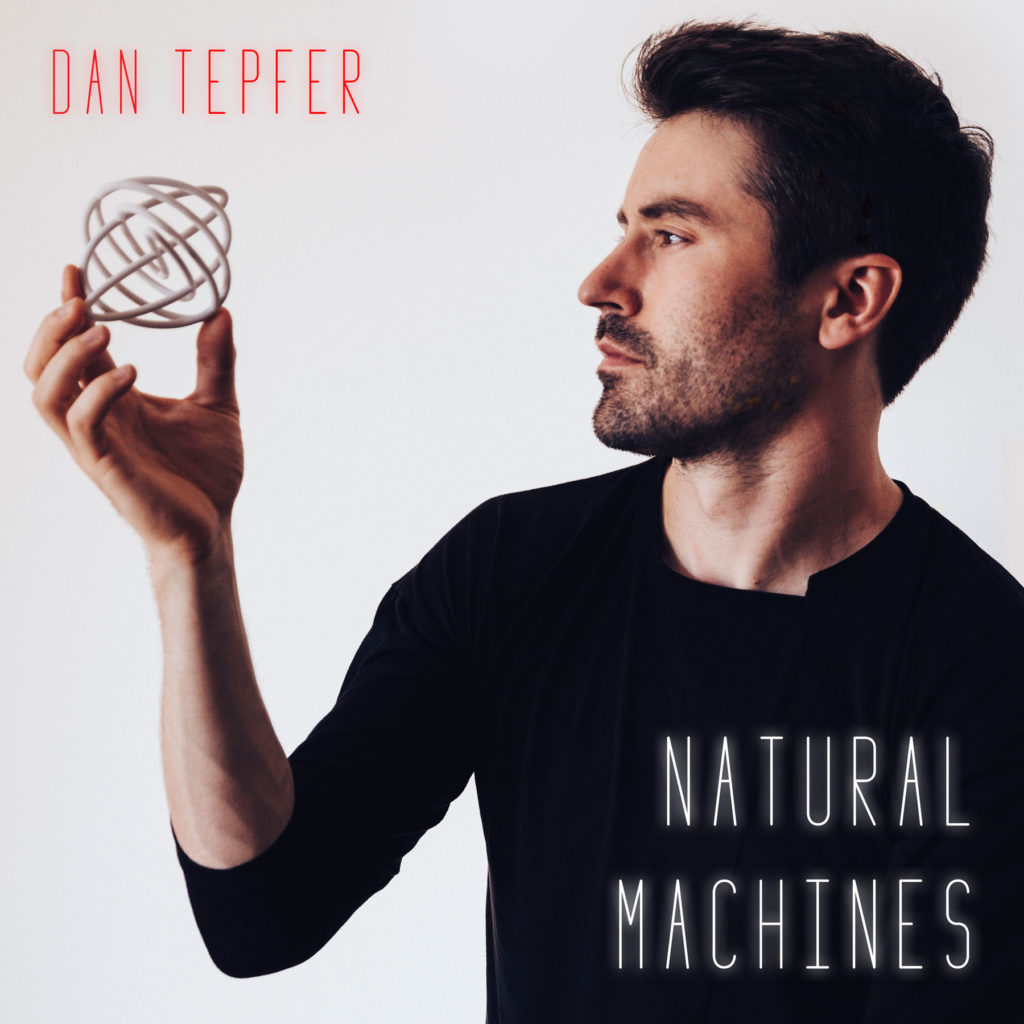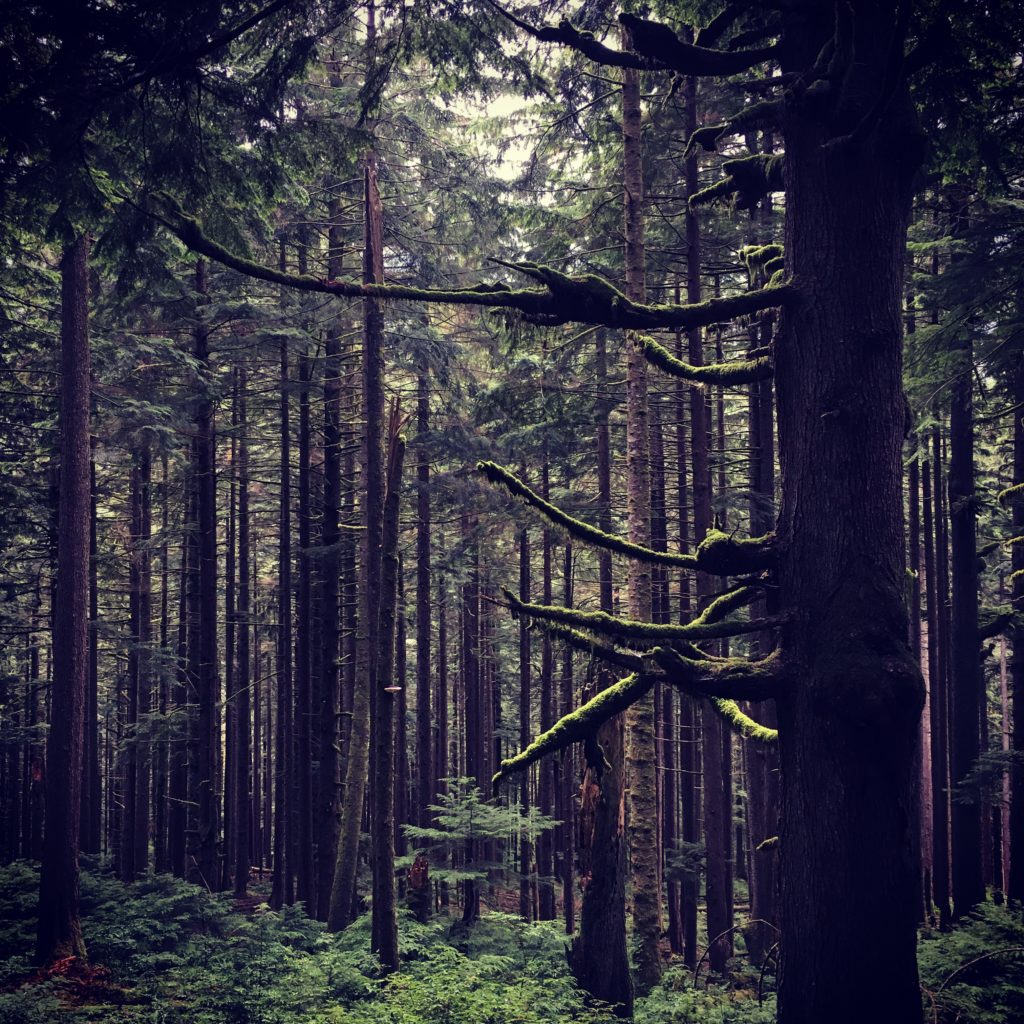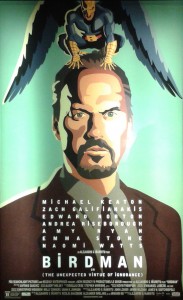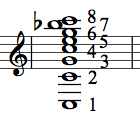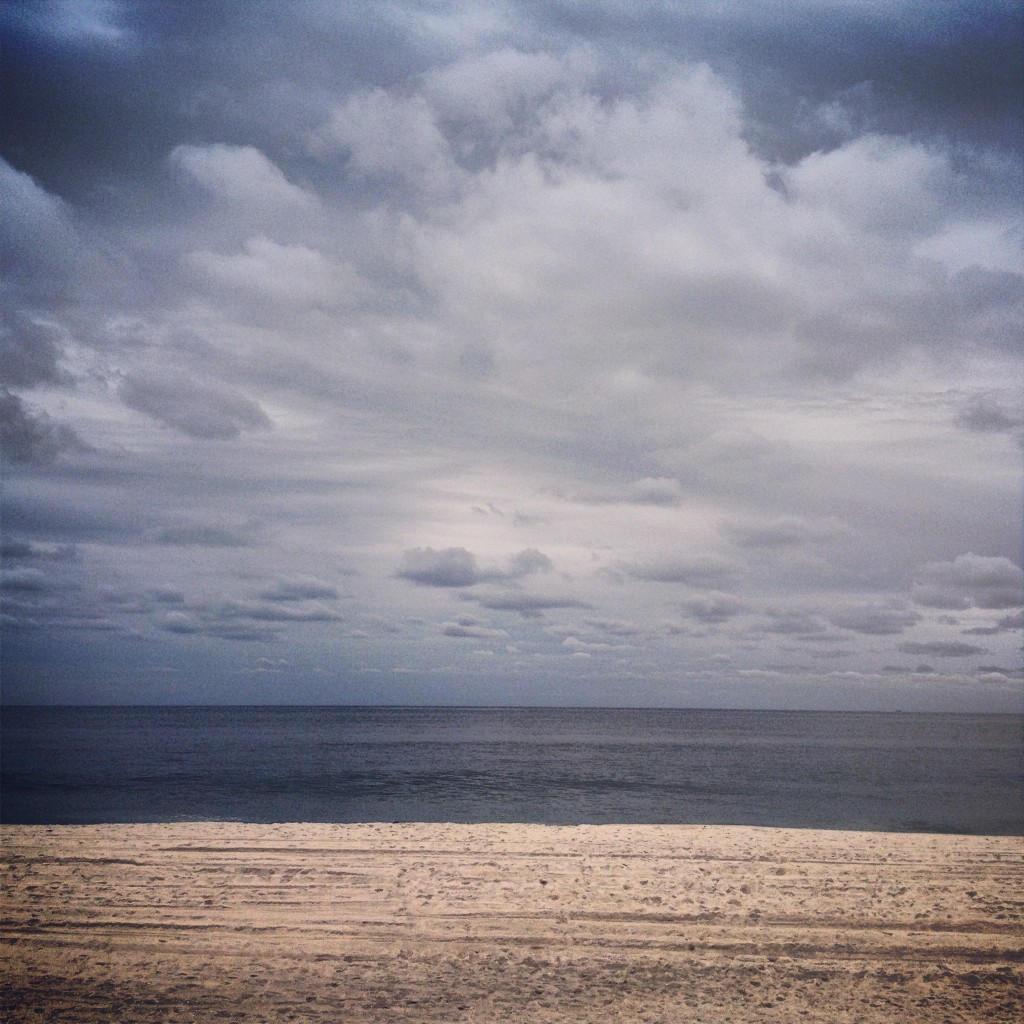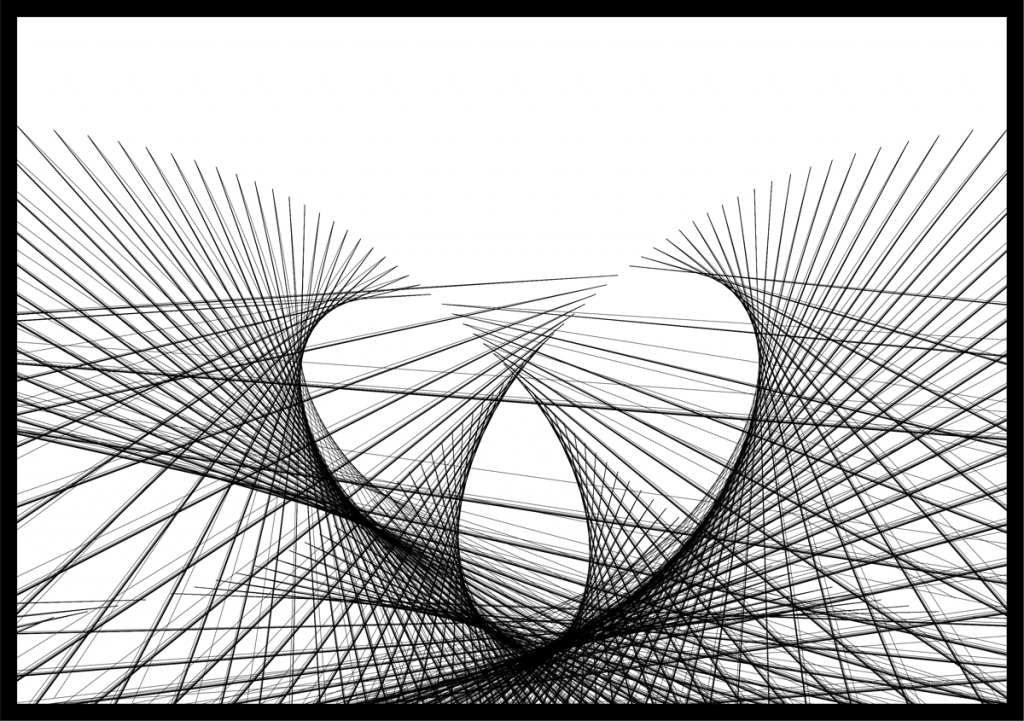At the Village Vanguard, years ago, I made the following observation: jazz musicians used to wear sunglasses indoors in order to hide their bloodshot eyes, caused by taking heroin. Nowadays, jazz musicians wear sunglasses indoors to hide the fact that their eyes are not bloodshot and that they are not taking heroin.
There’s a corollary, albeit distant, between this joke and what A.I. is doing to our communication. It used to be that one would proofread a letter or an email before sending, in the understanding that a well-written, typo-free message showed care on the part of the writer towards the reader. Receiving a well-written note felt like a gift — someone had taken the time to make themselves understood to us in the clearest way they could.
Now, with people more and more frequently using A.I. to write their emails, their papers, even their books, we may be entering a phase where the greatest sign of care, on receiving a message, may be in typos, awkward turns of phrase, and other imperfections that indicate that the writer took the time to write it themselves.
A bit like a home-cooked meal, perhaps: there is a point of dry perfection beyond which one is tempted to wonder if the host had the meal catered.
Of course, A.I. is perfectly capable of injecting deliberate mistakes, or writing in all lowercase, if we ask it to. Here’s what ChatGPT returned when I asked it to “write four paragraphs commenting on how it may now be a sign of care, on the part of the writer, to include mistakes in their writing, since ubiquitous AI now makes clear, dry, correct writing the norm — and on the contrary, messages written entirely by hand become rarer and rarer. Include a few typos, and make it all lowercase, in order to appear human.”
it used to be that correctness was the mark of care in writing. people proofread their letters and emails, polishing away small mistakes to show that they had put in effort. but now, with ai everywhere, the opposite has begun to feel true. anyone can push a button and get a flawless block of text, shiny and impersonal. so a stray typo, a clumsy turn of phrase, or an extra space can start to look like a little flare of humanity. it says: i wrote this, me, not a machine.
handwriting, too, has almost dissapeared from everyday life. we still get the occasional note on paper, but most communication happens on screens, smoothed over by predictive text and spellcheck. so when you see a crooked line of handwriting, even messy, the ink smudged, you feel the presence of the person who held the pen. in the same way, a sentence with a small error in an email or message might now be read as a gesture of closeness. it’s not sloppiness; it’s proof of touch.
ironically, what machines are best at—consistency, clarity, grammar—is becoming less valuable as a signal of care. after all, machines don’t tire, they don’t stumble, they don’t write “hte” instead of “the.” so when a person lets a mistake stand, it can suggest they’re not outsourcing their voice. they’re showing you something real. the text is less polished, but it carries more warmth.
of course, this doesn’t mean we should abandon all standards. there’s a difference between a message dashed off with no thought and one that bears the quirks of human fingers on a keyboard. maybe the future of writing will hold a new etiquette: to sprinkle in just enough imperfection so the reader knows you’re there. a little unevenness, a missplaced comma, a word repeated twice—small flaws as a quiet way of saying, “i care enough to show up myself.”
That A.I. can do this — understand the relatively subtle intent of my prompt and expand on it quite competently — is still utterly amazing to me (not to mention scary). If you had told me ten years ago that we’d be here today, I wouldn’t have believed you, and this is coming from someone who’s been following A.I. for a long time and has innovators in the field for friends. And ChatGPT did include a few typos in addition to the obvious “hte” (did you catch them?). Not only that, but its first sentence, “it used to be that correctness was the mark of care in writing”, eerily echoes the second sentence of the second paragraph of my hand-written text, “It used to be that one would proofread a letter or an email before sending”, even though I didn’t share the text with ChatGPT, only the prompt.
Yet the writing somehow still feels lifeless to me. The cadence is flat, too smooth. It lacks rhythm. And there remains something a little cloying about it, too eager to please, a solicitousness that remains a mark of large-language-model chatbots. Or am I just imagining things? Would I have said the same had I been presented with this text as having been written by a person? I believe so, but only double-blind testing can tell.
As of now, I can’t imagine getting A.I. to write an email to anyone I respect. If I can’t take the time to write it, how can I expect my recipient to devote their precious time and attention to reading it? In the early days of the pandemic, I was asked to do an interview with someone I knew. When it came time to schedule the meeting, a message arrived from his email address. The writer identified itself as an automated bot and offered possible times for the meeting. This felt insulting. If he couldn’t take the time to engage at the human level, even on this smallest of exchanges, why should I? I never responded. Eventually he wrote by hand, and we did the interview.
I’m learning, however, in conversations with friends, that more and more people are using A.I. to write their emails, and without any caveats whatsoever. The message is presented as coming from them, in their voice, even though it would be impossible to learn anything about who they are from the subtleties of the writing, beyond its explicit bullet-point intents. Removing the minute particulars of written communication, like this, is as if we talked to someone without being able to hear their tone of voice, or shook their hand without being able to gage their temperature.
There’s a precedent to this, of course: many people throughout history have had secretaries write their replies. And when it comes to A.I. writing books, many people have hired unacknowledged ghostwriters. Is this any different? I think so. The only real currency in this world is time, and its close derivative, attention. Communication is a two-way street, and if I received a response written by a secretary or read a book written by a ghostwriter, I’d know, at the very least, that a human being, albeit not the one I might have wished, had spent their time and attention on the text. This, in turn, meant that if I reciprocated mine in reading it, I wasn’t alone.
Because this, in the end, is the real danger of A.I.: that it leave us increasingly alone, emitting increasingly impersonal communications read by no-one, all while gradually losing the ability to produce them, from the heart, ourselves.


